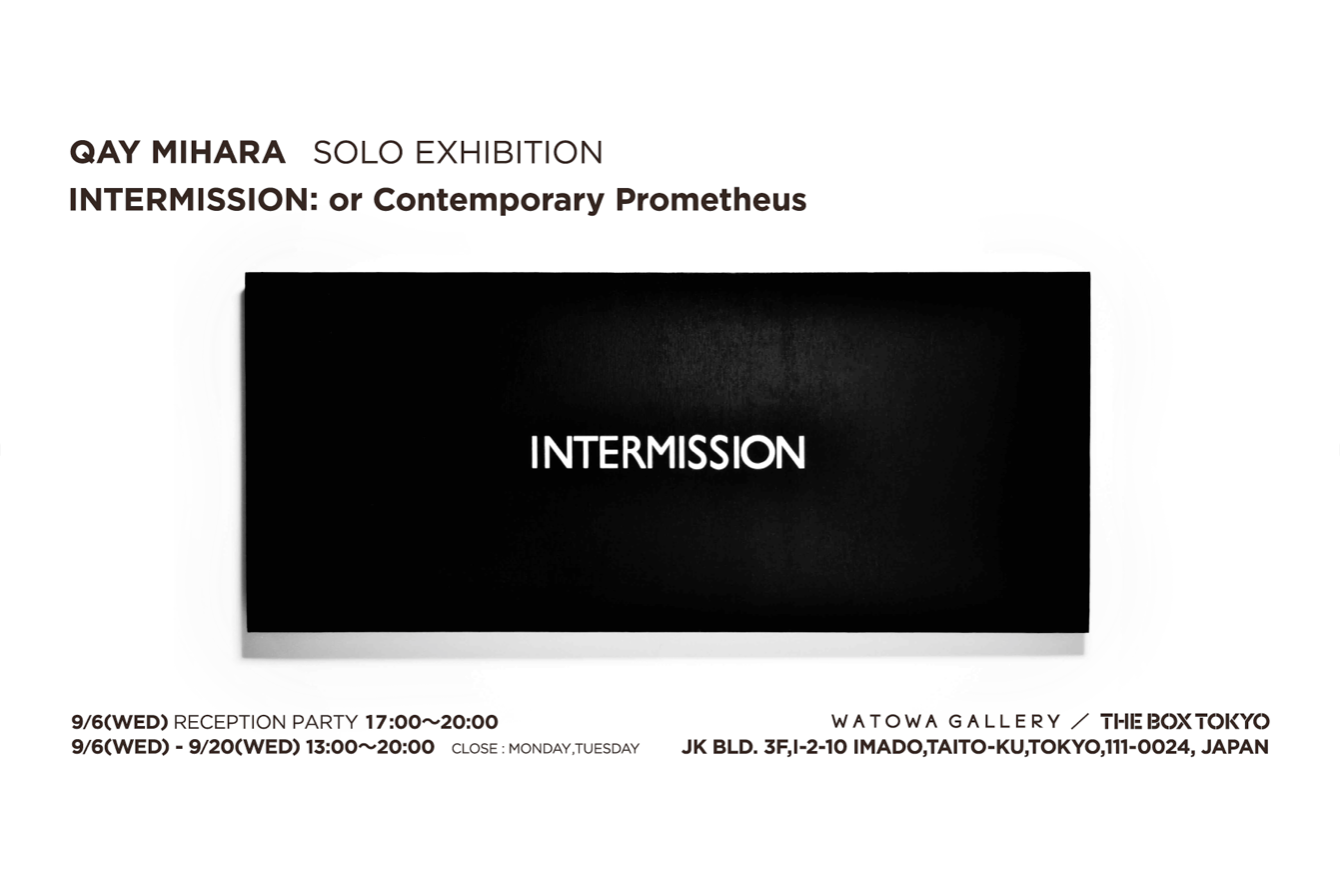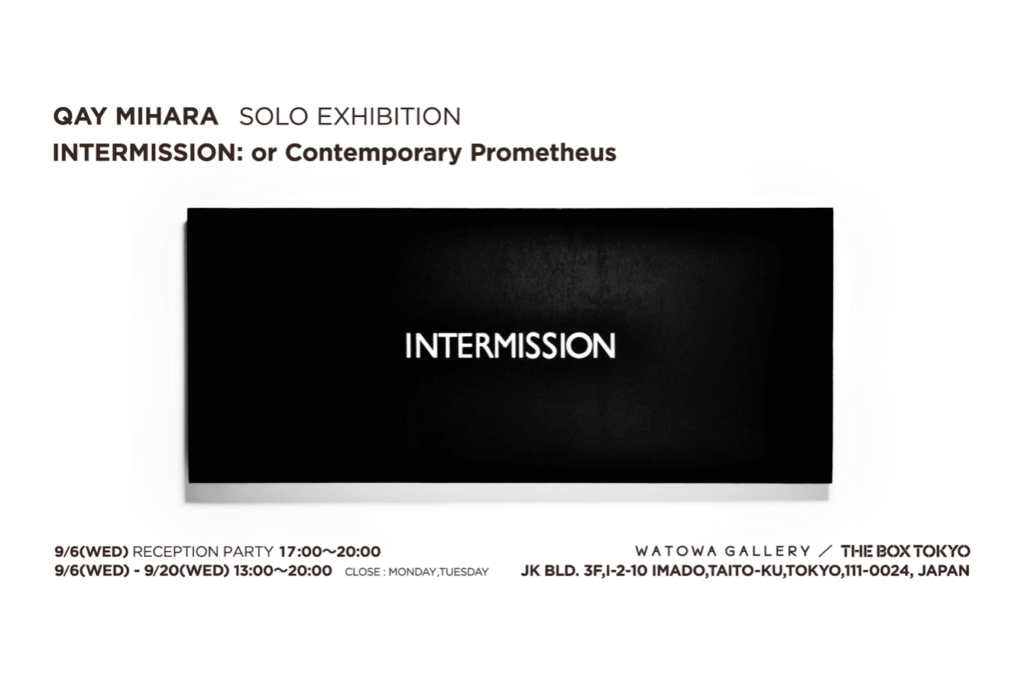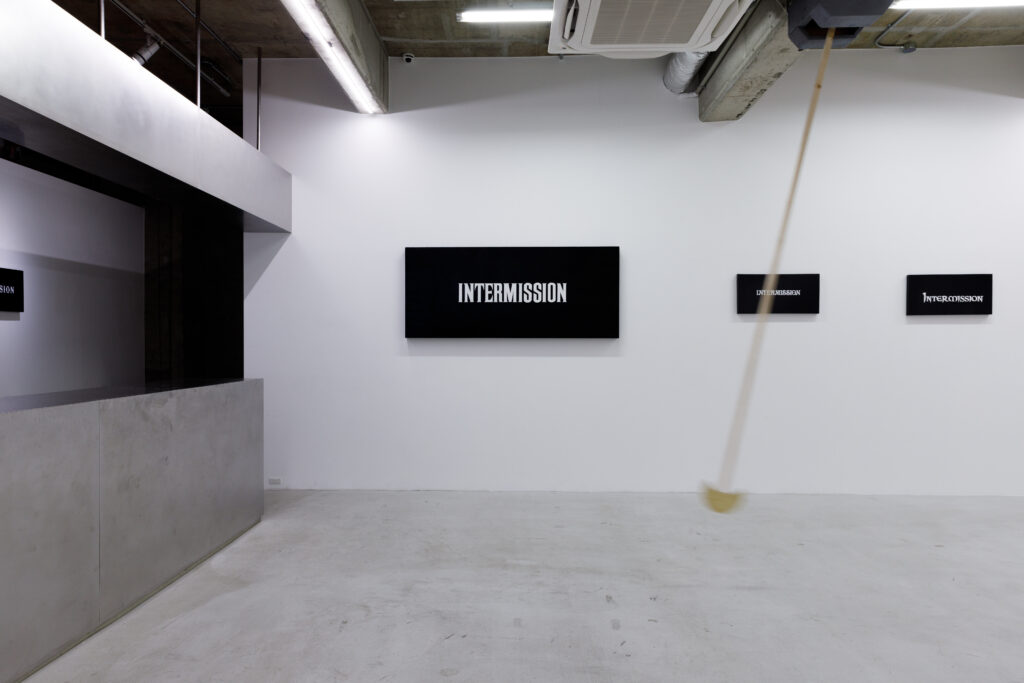
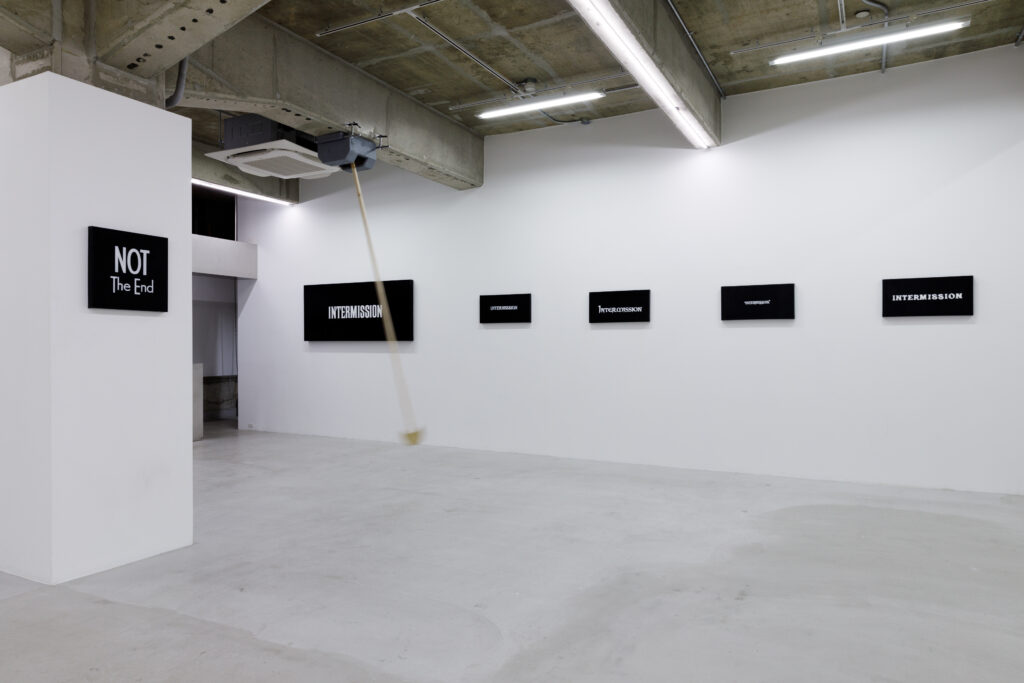
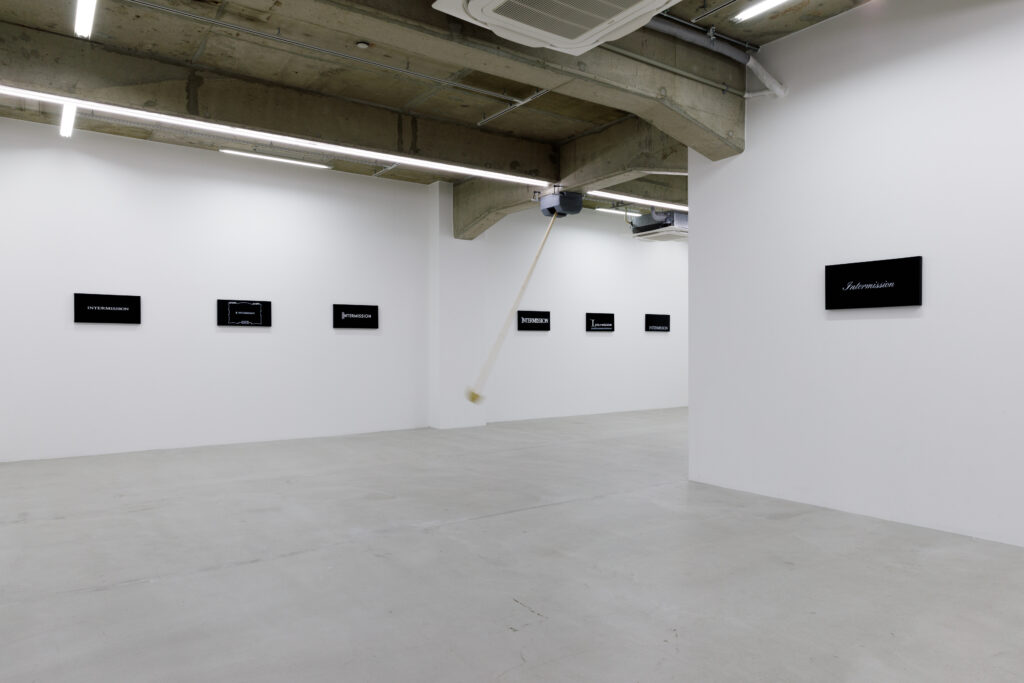
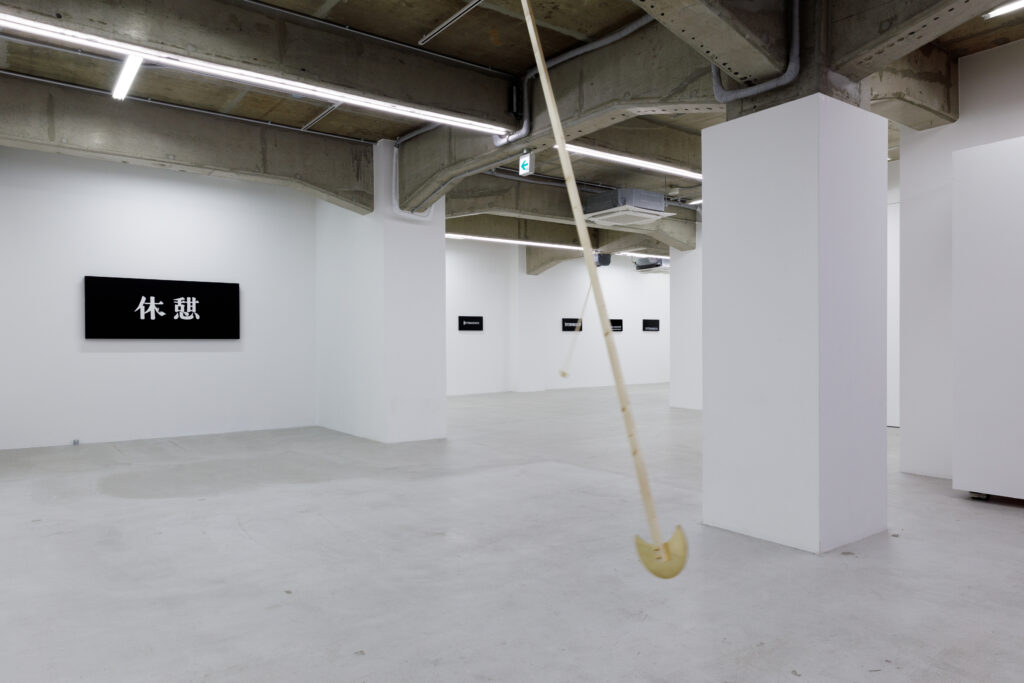
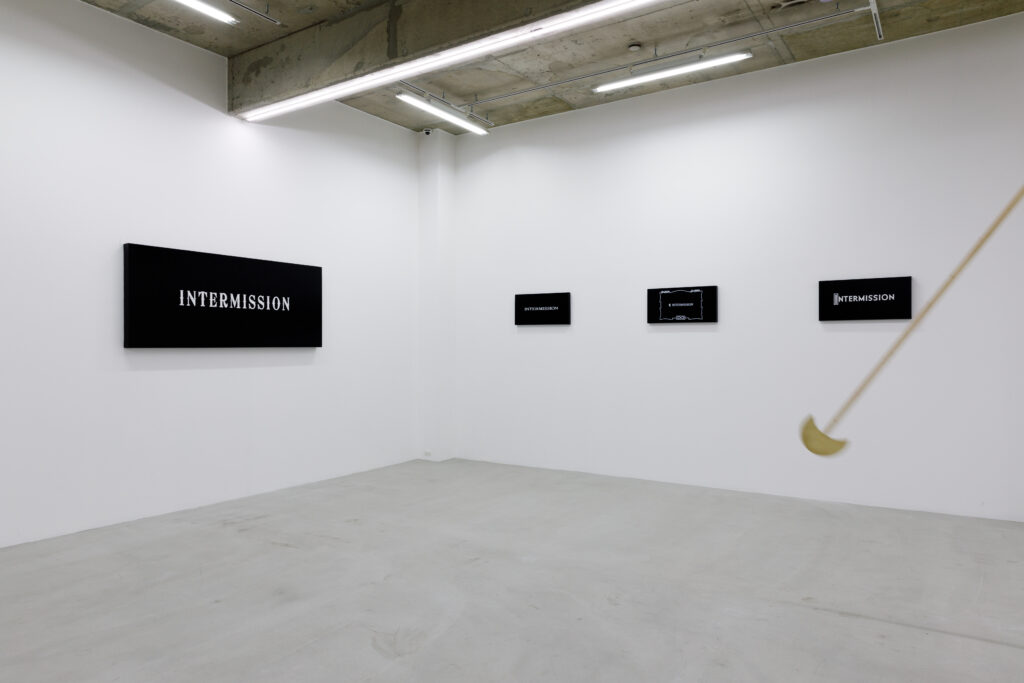
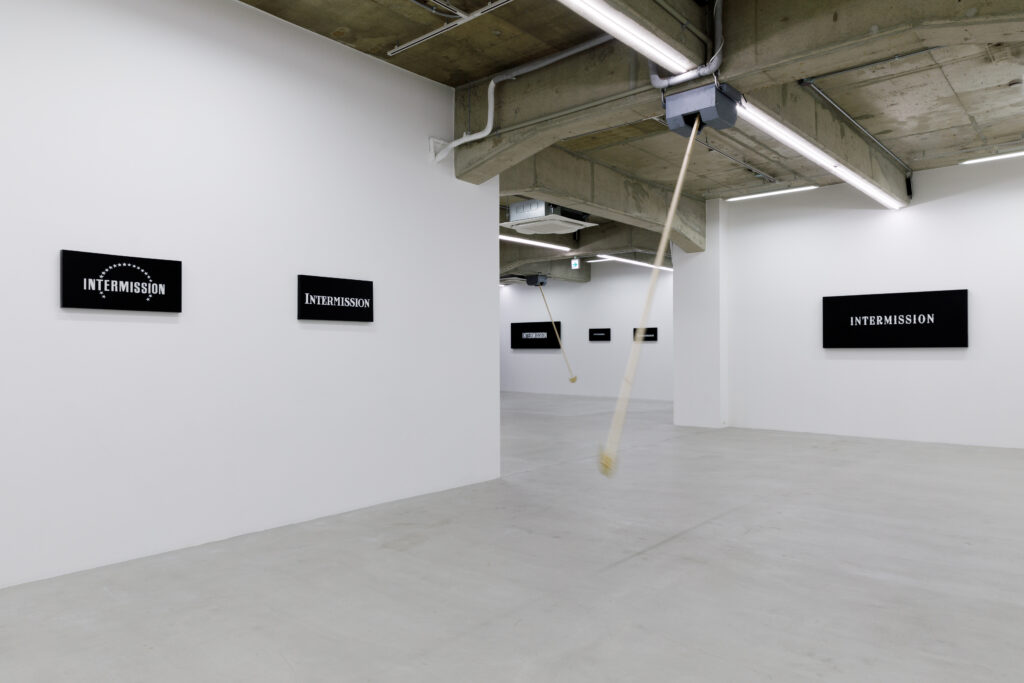
Mihara Qay Solo Exhibition INTERMISSION : or Contemporary Prometheus
9.7 wed – 9.20 wed 2023
DESCRIPTION
この度 WATOWA GALLERY は、作家三原回による個展
INTERMISSION: or Contemporary Prometheus
を、WATOWA GALLERY / THE BOX TOKYO にて2023年9月6日(水)から9月20日(水)まで開催いたします。
【会期】9/6(水) – 9/20(水) *Reception Party 9/6(水) 17:00 ~ 20:00
【会場】WATOWA GALLERY / THE BOX TOKYO (浅草)
【REGULAR HOLIDAY】Mon , Tue
【営業時間】13:00 ~ 20:00
【DONATION TICKET 500円(YEN)〜】
BOOKING SITE : artsticker.app/events/15216
* ご来場のご希望の方は、ご来場日前々日の12:00迄に上記リンクにてご予約くださいませ。期日を過ぎてのご来場は原則受け付けておりません。ex)9/7に来場予定の場合=9/5 12:00迄に要予約*台東区民閲覧無料(身分証のご提示をお願いいたします)
Wed-Fri: Reservation Required Sat-Sun: No Reservation Needed
*日曜(9/9,16)は閲覧無料日
We have a donation system where visitors decide their own admission fee, starting from a minimum of 500 yen. The amount you choose will serve as a donation to support emerging artists. The contributions are donated to the WATOWA ART AWARD 2023 EXHIBITION, aimed at revitalizing the domestic art scene and supporting artists.
STATEMENT
This is not a movie. This is a painting. —The aesthetics of boredom and delay—
The INTERMISSION series of Qay Mihara turns the intermission screens once used in long films into paintings. However, a painting is a format, not an essence. In terms of materials or technique, it might be more appropriate to say that the work uses painting as a medium, than the medium of oil on canvas. The thick support, strong luster, or rough traces of rollers and brushes vividly emphasize the material presence, and it is by no means sophisticated. If one would ask more simply, not whether this is a painting but whether this is a picture, the answer would be no.
Painting here is a solid tableau and stands on the opposite pole of movies that aren’t equal to its medium. Compared to movies, paintings have a far longer life. The death of paintings was once considered as a genre, although today, it is rather a media associated with permanency. On the other hand, movies that can be hardly played back – 再生 – regenerated, in other words, when the storage medium or the playback unit becomes old and out of use. Movies are haunted by death, in the sense that it has an end.
Intermissions that interrupt the movies is a delay of the end and can postpone the death, even if it cannot prolong its life. A simple pause cannot keep off the fated death. A paused screen is not necessarily a painting, yet if the movie becomes immortal by shifting it into the lasting format of painting, then the eternal INTERMISSION can be said to be a painting and not a movie. If we had eternal youth and immortality, we would never age, and the idea of a flow of time might not have existed from the start. Nonetheless, if our surroundings aren’t still as we are, it means time hasn’t stopped. Like the movies, our life destined for death is proceeding
towards an end that will arrive someday. Not to say that time flies but we tend to think that it elapses straight ahead in one direction like an arrow. However, the eternal time of a painting does not flow nor stay; it may rather be the slowness that circles round and round, progressing tardily, like the name of this artist—Qay or 回, circles—for example. Or perhaps, the works of Qay Mihara are about showing us that a painting—or to look at a picture—is all that it is. Paintings live far longer than we do. Mihara superimposes his yearning for paintings with the humanistic theme of longing for eternal youth and immortality and connects the delay of time to paintings. In his creations until now, he has been attempting to import an eternal time in his exhibitions by installing machinery of constant motion. In the Eternal Motion series centered on Fan, the icon of this artist, or in the Besides, it’s always the others who die associated with the epitaph of Marcel Duchamp, a fan that just keeps spinning, or an insect-killing lamp shooting electric shocks brought the time of boredom into reality, in which nothing else in particular occurs. If a long movie is a simile to our everyday, then an intermission is needed in our lives too. We live every day, busy in one way or another, to keep away the boredom, while the time spared to watch a picture is merely a leisure in between such days. And for us, to enjoy art is rather a part of our living than an extraordinary moment. A painting as a tableau is portable and can be also displayed at one’s home. It does not deny the ordinary life in any way, it coexists with it and transfigures the space and time we live within. Nothing is more boring than texts, so I must sign off for now, however, an annotation for an endless work must continue—NOT The End.
Mare Isakari (Art Critic)
Artist
Qay Mihara

